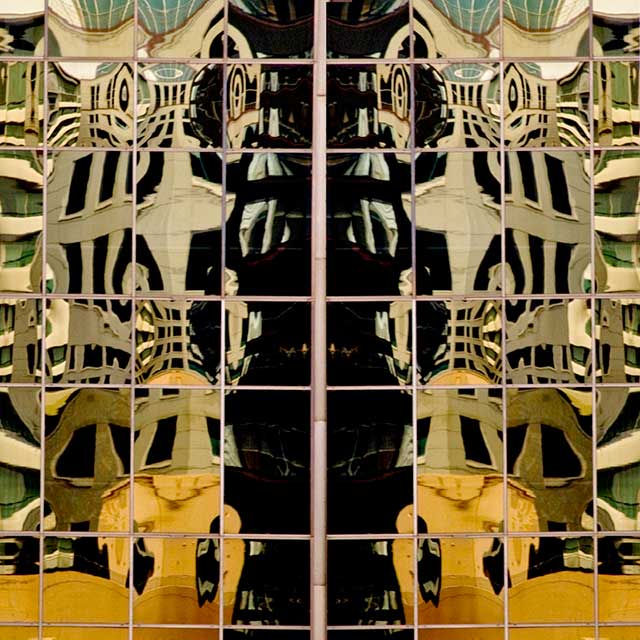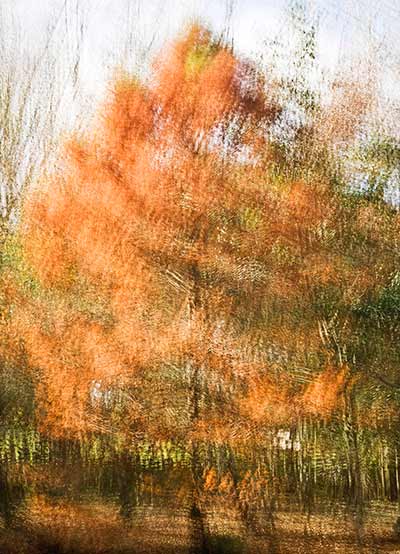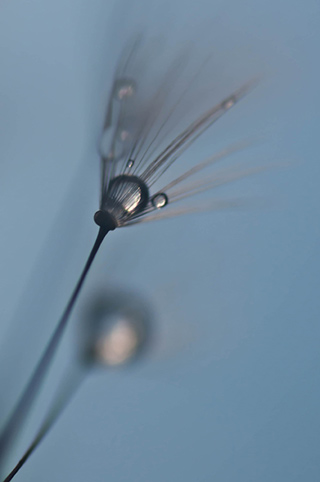
Near Symmetrical Balance
One of the most important goals in composing photographs is achieving visual balance. The various elements that make up the image – shapes, colors, texture and space – must be arranged with care to create a harmonious result. We feel more comfortable, and therefore find it more pleasing, when the parts of an image seem to balance each other. Imbalance gives us an uncomfortable feeling, and that is something that is not the desired effect for most photographers.

Unbalanced
As humans we are drawn to stability, order and unity, but we are also attracted by freedom, diversity and elements of surprise. Our challenge as photographers is to find the right balance between these opposite attractions.
A balanced composition feels right. It feels stable and aesthetically pleasing. While some of its elements might be focal points and attract your eye, no one area of the composition draws your eye so much that you can’t see the other areas within the photo.
Three Types of Balance
There’s more than one way to balance a composition. You can achieve balance in your images in three ways:
Symmetrical Balance
Asymmetrical Balance
Radial Balance
Symmetrical Balance
Symmetry is achieved when the elements on one half of a composition mirror the elements on the opposite half. These compositions are calm, harmonious and pleasing. Our brains like symmetry and we are surrendered by it in nature and manmade objects. Symmetry can occur in any orientation as long as the image is the same on either side of the central axis. In your images you can use either pure symmetry or near symmetry.
-eva-polak.jpg)
Pure symmetry means that the sides are exact mirror images of each other. These kinds of composition appear static and rigid, as the structure of the image is strict and predictable.


Near symmetry is more versatile than pure symmetry. If you draw a line down the center of my ‘Tree’ image you can see that the left half of the image mirrors the right half in a near-symmetrical composition. The two sides of a tree are not identical, but similar enough to mirror each other.
Use a symmetrical composition when you want to:
Play with pattern, repetition and order.
Convey a sense of calm.
Asymmetrical Balance
While symmetry achieves balance through repetition, asymmetry achieves balance through contrast. You’re arranging elements of all different visual weights in such a way that each side is still balanced out. The “heavier” elements will catch the eye more than the “lighter” ones.
Asymmetrical balance is more dynamic and interesting. It evokes feelings of movement, energy and vitality. It offers more visual variety, although it can be more difficult to achieve because the relationships between elements are more complex. Because it’s more interesting, asymmetry can be used to draw attention. Overall you have more freedom of expression with asymmetry than with symmetry.
Although asymmetrical balance may appear more casual and less planned, it is harder to use because you must plan your composition very carefully to ensure that it is still balanced.


One way to create an asymmetrical composition is to use the rule of thirds. Just divide your surface into thirds vertically and horizontally. The areas where the lines intersect are called “power points”. By putting your subject in one of the power points, you create balance and visual interest.
Use an asymmetrical composition when you want to:
Increase drama in your work.
Create a sense of motion and play.
Create visual interest and complexity.
Radial Balance
The third type of balance is radial balance, where all elements radiate out from a center point in a circular fashion. It is very easy to maintain a focal point in radial balance, since all the elements lead your eye toward the center.

Symmetrical balance guarantees left to right balance, which is the most important aspect of balance. Top to bottom balance is also important. Most images seem more stable if the bottom seems slightly heavier.

Remember, sometimes the purpose of the photograph makes an off-balance composition work well. Images that are off-balance suggest motion and action. They make us uncomfortable or uneasy. If the story of your photograph is also intended to be uncomfortable or make people think, an unbalanced composition can work very well.
As you can see the arrangement of objects in your images is a balancing act, creating either harmony or tension. The way you frame or crop them will have an effect on the end results and it will shape the story you are trying to tell. You might find that you can use balance and symmetry in new, exciting ways that you’ve never done before.
By Eva Polak
Article and photos: © 2015 Eva Polak . All rights reserved.

Leave a Reply